I’m discussing winemaking and blending with Hungarian winemaker Tibor Gál at the family winery in Eger.
It’s a thought-provoking and somewhat controversial statement, but it’s the sort of insight I like – and it’s why I’ve come to Eger, a city and wine region in northeast Hungary (between the capital Budapest and the country’s most famous wine region, Tokaj). Sixtry-three grape varieties are registered for use here, so its flagship white and red wines are blends and Tibor Gál specialises in blending.
Tibor Gál Pincészét’s white blend, classified as Egri Csillag, comprises Királyleányka, Pinot Blanc, Sauvignon Blanc, Szürkebarát (Pinot Gris), Tramini, Viognier, and Zenit. The red blend, categorised as Egri Bikavér, comprises Kékfrankos (Blaufränkisch), Cabernet Franc, Kadarka, Pinot Noir, and Syrah.
Tibor was in his twenties and studying viticulture and oenology in Budapest when he took over winemaking duties at the family winery in 2005 – after his father, also called Tibor Gál, died suddenly. When the pioneering winemaker founded the winery, he focused on international grape varieties like Pinot Noir because Eger is on the same latitude as Bourgogne.
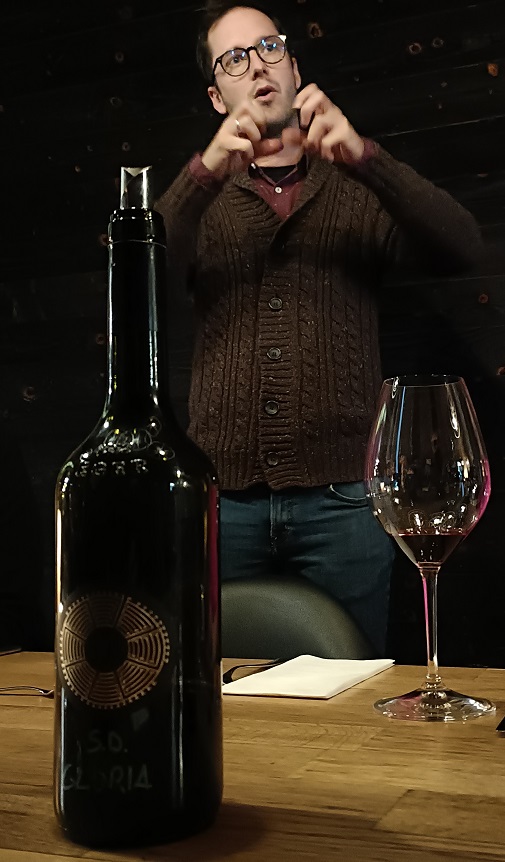
Tibor Jr (above), however, believes in the regional varieties, such as Kékfrankos and Kadarka. When he started making Egri Bikavér, he fermented the varieties separately and blended them “at the last moment”. Now, he likes to blend early and sometimes co-ferments grapes if they ripen within a day or two of each other “to lose the original character of the variety”.
As he pours the 2017 Bikavér, he explains: “In ’17, I made the blending at the end of ageing – after 12-13 months. What I do now, more and more often, is the first blending after harvest.” After fermentation, he puts the main grape varieties together in barrels of different ages (from 15% new to four years old) and then the final blend is more like a barrel selection.
“What I realised,” he continues, “is that the connection between them becomes more Bikavérish if I do earlier blends. It’s like a marriage: people who are in marriages a long time start to get similar to each other. And if I do a blending of so many varieties early, these varieties adapt to each other. But if I do the blend later, then you feel more the Cabernet, the Syrah, the Kadarka...”
To help the varieties harmonise, he does some unusual things… For example, for the fermentation of the more aromatic components of his white Csillag, he will inoculate his Viognier with a Sauvignon Blanc yeast, and the Sauvignon with a Viognier yeast. “It makes it much more easy to blend at the end,” he states.
He says the logic is the same in blending the reds early: “to lose the Cabernet style of Cabernet, to lose the Kékfrankos style of Kékfrankos because then I have a much easier job when blending.”
I wonder how this fits in with the concept of terroir. Tibor replies: “Because I’m losing the characters of the variety doesn’t lose the character of the terroir. I’m not losing it with different co-fermentations. At the end, the wines are different with the same root.”
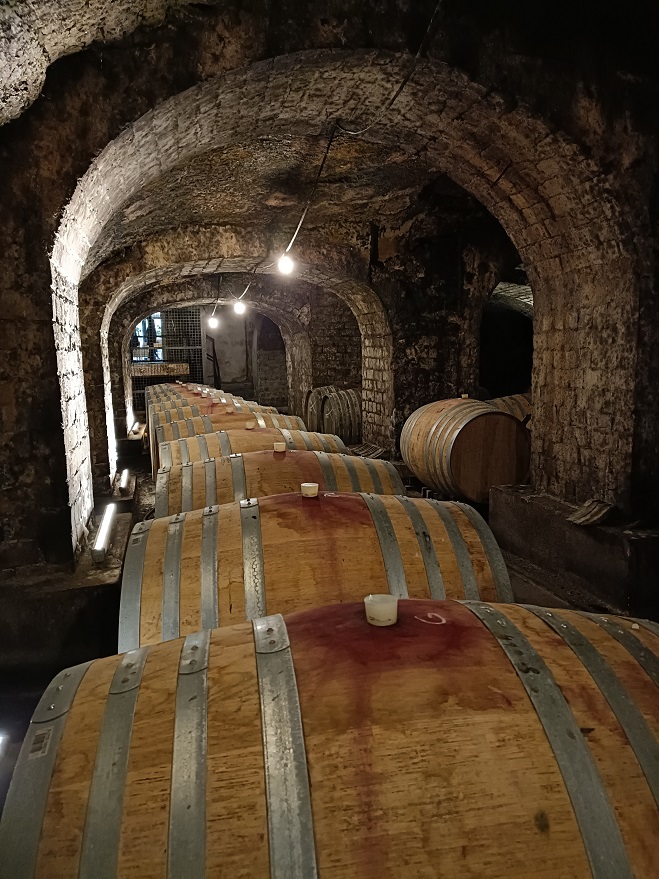
Like most producers in the region, Tibor Gál Pincészét produces three levels of the red blend, ranging from easy-drinking to refined single-vineyard editions capable of ageing for decades. Officially, they are classified as classicus (well-priced, fresh and fruity), superior (barrel selection), and grand superior (single vineyard).
Tibor truly believes in the potential of Bikavér, saying: “If I was younger, braver, maybe I would just turn the winery into a Bikavér winery. I really believe in this thing; it’s just my wife is the boss and we have three kids. Philosophy is one thing but on the other side we also have to live, and winemaking is not the most stable business. But this is the idea that we are going towards – to make Bikavér the priority of the winery and then for the region itself.”
In recent years, Hungary’s flagship red blend Bikavér – better known as Bull’s Blood in some markets – has undergone a significant transformation and revitalisation, shedding its low-quality, rustic image from Communist times and embracing a new era of winemaking. The new generation of winemakers – like Tibor – have been striving to distance themselves from the negative image associated with cheap, mass-produced Bull’s Blood, often hesitant to label their high-quality Bikavér blends as Bikavér. At one stage, Tibor Gál Pincészét called its red blend Titi.
But Tibor realised there are many younger consumers entering the market who don’t have memories of old-style Bikavérs, so the winery is now embracing the traditional name while modernising the wine. Lower yields, cool fermentations in temperature-controlled tanks, gentler extraction, and ageing in more neutral oak barrels result in fresher and more contemporary Bikavérs.
'We realised that Bikavér shouldn’t be aged for long to be really exciting'“We realised that Bikavér shouldn’t be aged for long to be really exciting, because the old concept of Bikavér was that this is a long-aged wine. So sometimes it was quite common to age it for five, six years or so. The first Bikavérs in 1860 were aged 20 to 25 years. And then I realised that if I age only for 12 months, the wine becomes fresher, more vibrant, more elegant, more 21st-century style. We still reach the concentration because global warming helps Kékfrankos a lot. The wines are fruitier, more dynamic, and it’s an up-to-date wine.
“The tradition is still there because we are using older varieties, but the style of Bikavér has gone through a renewal, which is really important for us. And we see that the market is connected to historical things if they are adapted in a contemporary outfit.”
Discussing other changes he’s made in recent years to better express “the taste of the terroir and the fruit”, Tibor lists “natural yeast, no filtration, no fining, and no additives”. Now he is experimenting with using different coopers, ages of barrels and lengths of ageing for different blocks to see how he can further refine his red blends.
His sister Veronika, who is responsible for the restaurant and hospitality, makes another point about blends: they make more sense in the age of global warming. She points out: “With the weather changing, we think that to make a blend is safer because if you just change one grape variety in the blend, nobody will see the difference.”
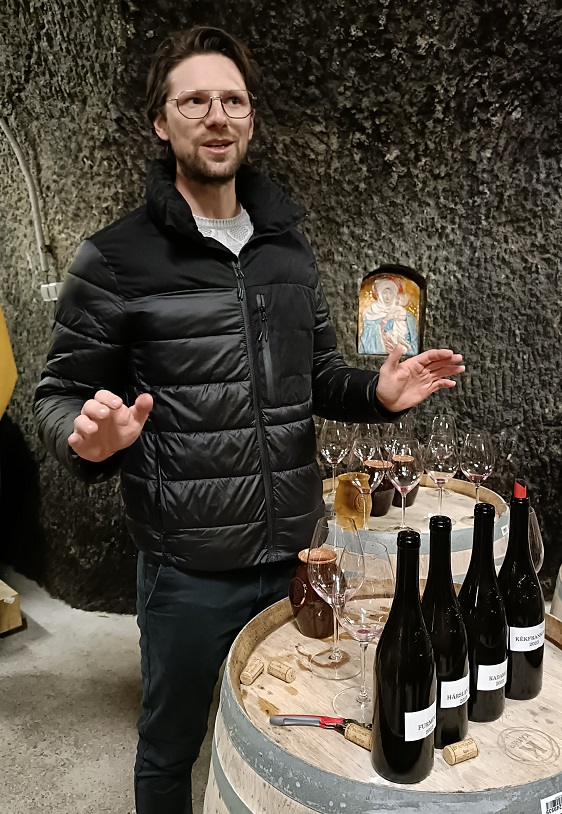
Another Eger winery focusing on high-quality blends is St Andrea, which started in 2002.
At first glance, the blending appears more traditional. The grape varieties are harvested, vinified and aged separately. Owner and winemaker Dr György Lőrincz and his son, György Lőrincz Jr (above), taste all the barrels in the cellar together. “After the 50th barrel, we have really great imagination about the wine,” György Jr says as we taste some of the components for the 2023 blend in the cellar.
The goal, he continues, is to “show what makes Eger different to any other wine region”.
But when I mention that Tibor Gál is blending his wines much earlier to lose the varietal character, György Jr reveals: “I think we are doing the same, but from a different perspective – not to lose the varietal character.” He goes on to explain that for many years they aged the red wines separately – until they realised that different grapes peak at different times. They found if they started blending after 16 months, the Pinot Noir was already overaged and the Kékfrankos was underaged. “So, the reason why now we start to blend earlier is because we would like to age them together to catch the perfect ageing time in the barrel, because it’s really difficult to figure out the exact right decision for the ageing when you’re working with several grape varieties.”
Kékfrankos is the soul of Bikavér and its key component. In recent years, St Andrea has reduced the yields to below 1kg per vine and increased the percentage of Kékfrankos. “So maybe 10 years ago, it was like 35%; now, it’s the maximum 65%,” György Jr says.
The other allowed grapes are the low-yielding and finicky Kadarka, Cabernet Sauvignon, Cabernet Franc, Merlot, Zweigelt, and Portugieser.
The minimum for a Bikavér blend is four grape varieties. “But the most important thing is that the highest percentage and the backbone of these wines are the local grape varieties, because I think these varieties can give us the uniqueness,” György Jr explains.
'Wines which fit to the modern world expectation'He says the aim at St Andrea is “to introduce traditional wines which fit to the modern world expectation”, adding: “Traditional doesn’t mean that we have to produce old-fashioned wines; traditional means that the roots of the winemaking are based on tradition – and the tradition here is to produce blended wines. And if I tell you that we would like to produce wines which fit to the modern world expectation, it doesn’t mean that if the world drinks sparkling wine or rosés, or very aromatic wines, that we produce those. No – it means we change a little bit in the technology to make the style of the traditional blends more attractive on the market. In our case, it means in the last couple of years we decrease the ageing a little bit, and decrease the new oak percentage in the wines.”
As we tour the underground cellar, which takes the form of a cross, I notice it’s mainly 500L neutral barrels. György Jr says these “give more space to the variety and to the terroir, while the wood is in the background, giving a nice boundary”.
We touch on climate change briefly and learn they are planting Nebbiolo for future blends.
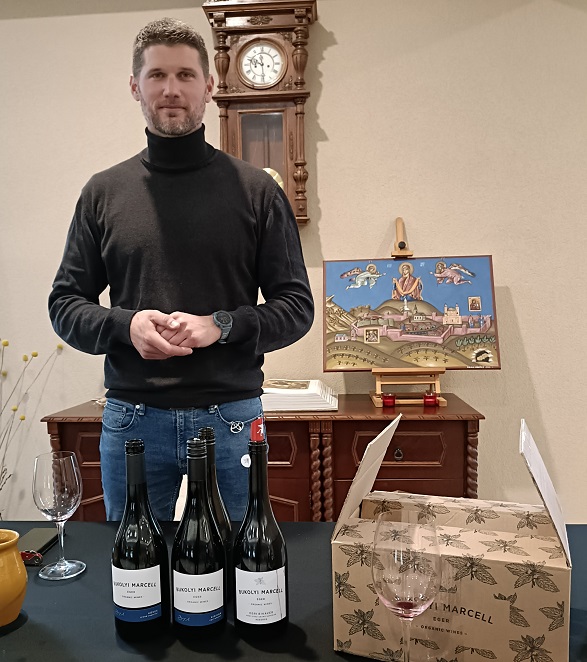
During the recent Hungarian Wine Summit, I also get the opportunity to discuss blending with other Eger producers. Blending late seems to be the norm.
János Bolyki, who started his winery in 2003 and has been at the forefront of revitalising Bikavér, was adamant that blending takes place after barrel-ageing.
Marcell Bukolyi (above), who opened his winery in 2016, says blending late gives him the option of bottling an “amazing barrel” of Syrah or Pinot Noir and offering something different to visitors at his winery.

 English
English French
French


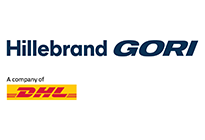

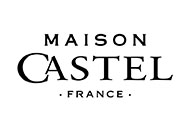





.png)
